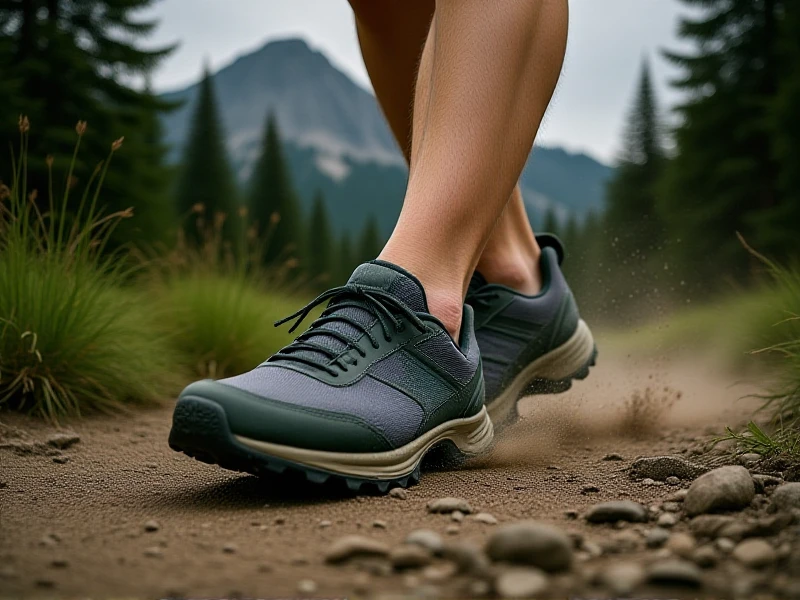Best Trail Running Shoes: Conquer Any Terrain with Confidence

Ready to trade pavement for the wild beauty of nature? Trail running offers an exhilarating escape, demanding specialized gear for safety and performance. Your most critical investment? The right pair of trail running shoes. Let's explore what makes them essential and how to find your perfect match.
Off-road trails present unpredictable challenges: loose gravel, slippery mud, sharp rocks, roots, and steep inclines. Regular road running shoes simply lack the features needed to handle this technical terrain safely and comfortably. Here's what sets trail running shoes apart:
- Aggressive Outsoles with Deep Lugs: This is key. Trail shoes boast deeper, more pronounced lugs (the tread pattern) designed to bite into soft ground like mud or dirt and shed debris quickly. Look for multi-directional patterns for optimal grip on varied angles.
- Enhanced Stability & Protection: Rock plates (rigid shields embedded in the midsole) protect your feet from sharp rocks and roots. Wider bases and lower stack heights (generally) improve stability on uneven ground compared to maximalist road shoes. Protective "toe bumpers" shield your toes from impacts.
- Durable, Reinforced Uppers: Expect tougher, often water-resistant or quick-drying mesh to withstand abrasion from brush and trail debris. Secure overlays and supportive, gusseted tongues (attached to the sides) prevent dirt and pebbles from entering.
- Secure, Protective Fit: A snugger heel counter and secure midfoot hold prevent foot slippage inside the shoe on steep descents or side slopes. Drainage ports might be present on models geared for frequent water crossings.
Choosing Your Trail Running Shoes:
- Terrain & Distance: For muddy, steep, highly technical trails, prioritize aggressive lugs, a durable upper, and substantial protection. On smoother, hard-packed dirt paths or shorter runs, moderate lugs and lighter weight might suffice. Longer distances often demand more cushioning.
- Drop: The heel-to-toe offset. Lower drops (0-6mm) promote a more natural foot strike but require stronger calves, often favored for technical trails. Higher drops (8-12mm) are common for more cushioning and transition.
- Cushioning: Preferences vary. Some runners prefer ground feel for agility on technical trails (less cushion), others prioritize protection and comfort over miles (more cushion).
- Fit: Crucial! Ensure a secure heel, enough toe room (about a thumbnail's width), and no pinching. Always test with socks you'll run in.
Care & Longevity: Rinse off mud and debris with water (avoid harsh detergents) after runs. Let them air dry away from direct heat. Rotating between two pairs can significantly extend the life of each.
Popular, Proven Brands: Explore options from specialists like Salomon (Speedcross), HOKA ONE ONE (Speedgoat, Challenger), Altra (Olympus, Lone Peak), Brooks (Cascadia), Saucony (Peregrine), and The North Face (VECTIV series).
Investing in purpose-built trail running shoes isn't just about comfort; it's about safety, confidence, and unlocking the true joy of exploring off-road paths. With the right grip and protection underfoot, you'll tackle every rock, root, and hill with greater ease. Start exploring! Find your perfect trail companions today.